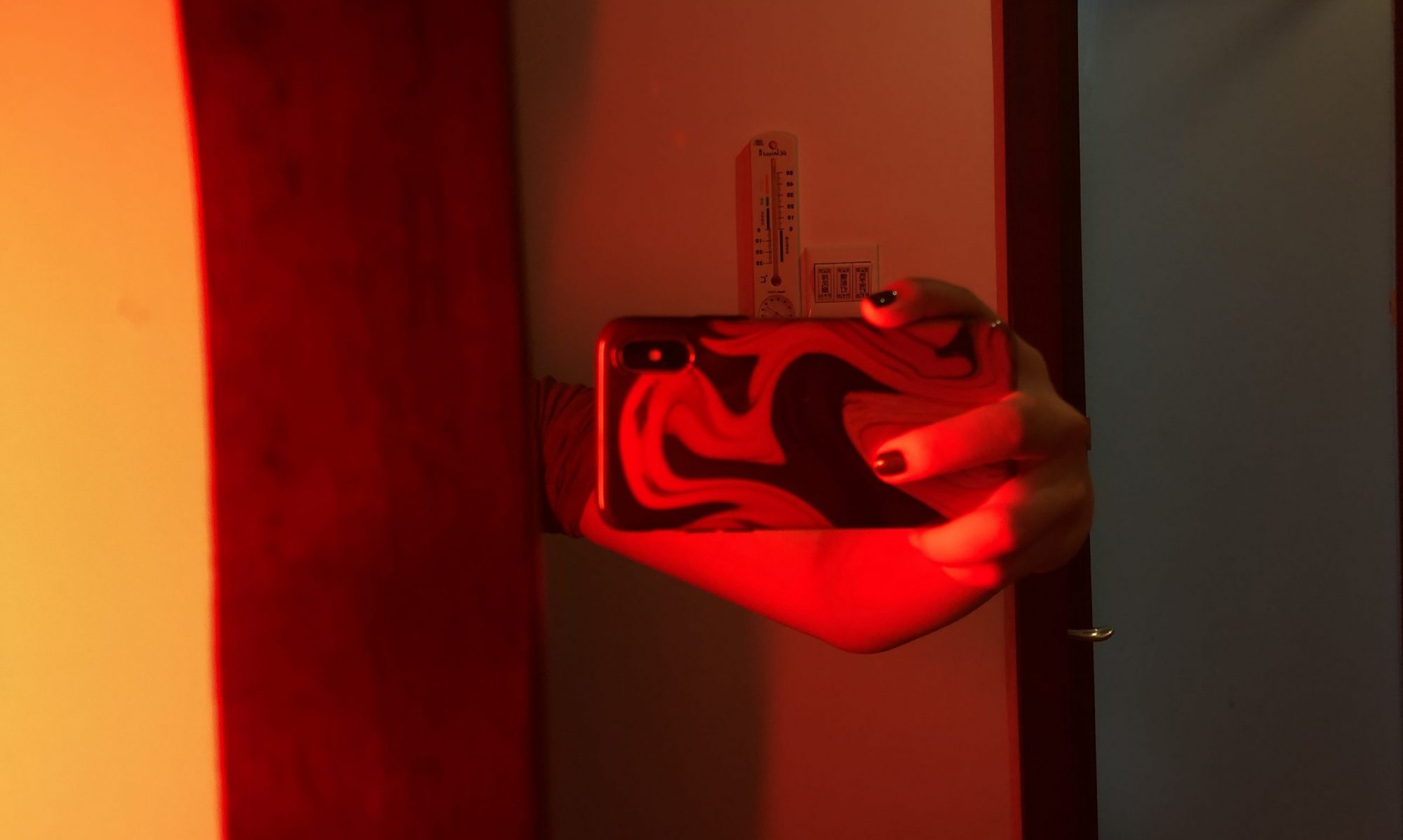Jackson Pollock
For this project, we investigate the artist called Jackson Pollock. He is my favorite artist that influences me a lot about painting. He was widely noticed for his technique of pouring or splashing liquid household paint onto a horizontal surface (“drip technique”), enabling him to view and paint his canvases from all angles. It was also called “all-over” painting and “action painting”, since he covered the entire canvas and used the force of his whole body to paint, often in a frenetic dancing style. This extreme form of abstraction divided the critics: some praised the immediacy of the creation, while others derided the random effects.
Here is some artwork made by him.
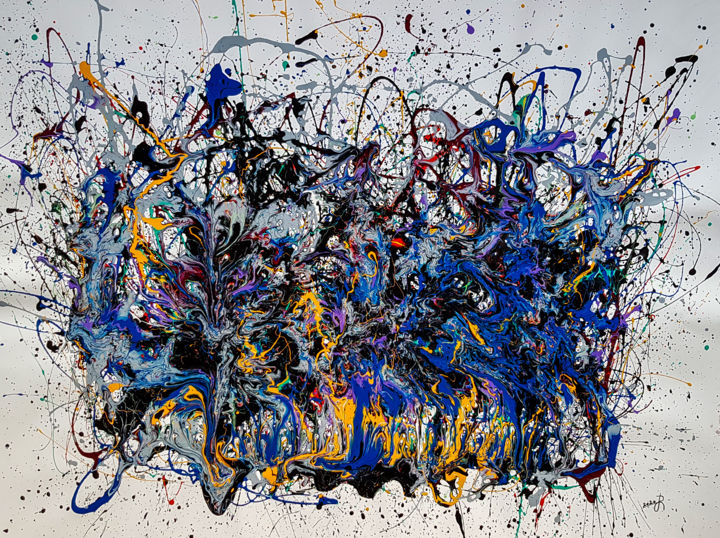

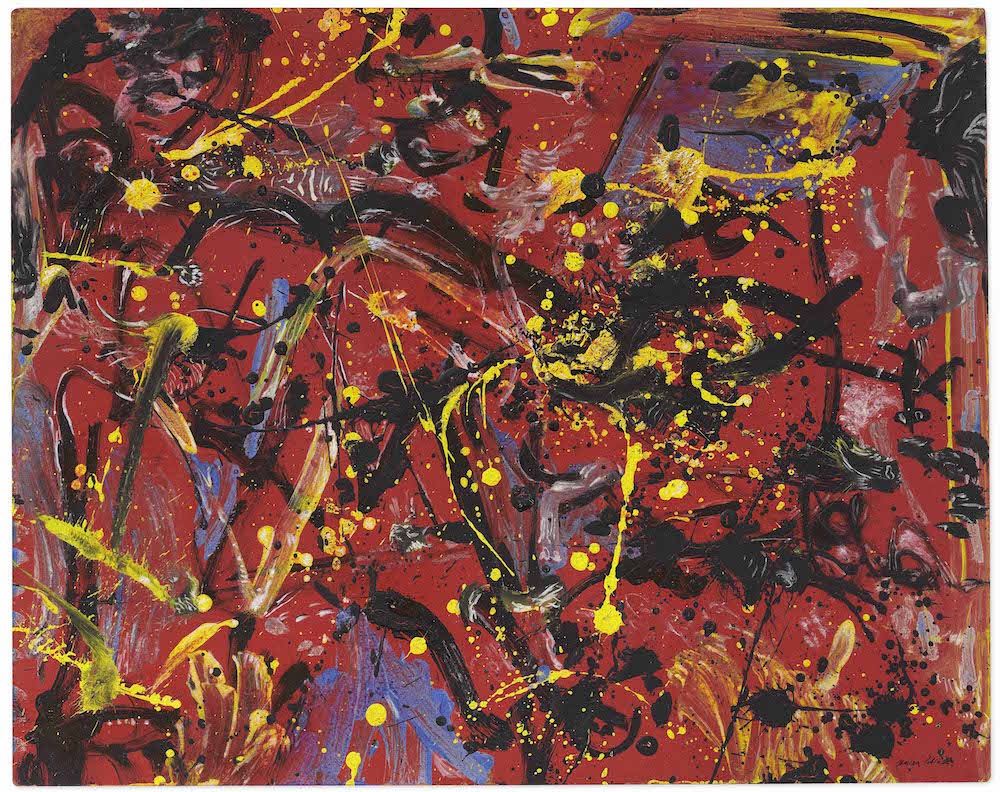


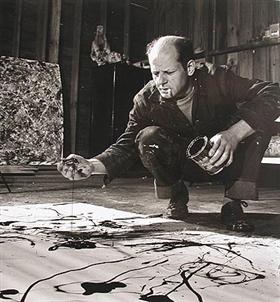
“I feel nearer, more a part of the painting, since this way I can walk round it, work from the four sides and literally be in the painting. This is akin to the methods of the Indian sand painters of the West.”
When we draw, I will learn Jackson Pollock to use the body to paint, not just with hands and pens to traditional painting.
Here is some description for Jackson Pollock, I think it does say the main things that Pollock wants to show us. “A dripping wet canvas covered the entire floor … There was complete silence … Pollock looked at the painting. Then, unexpectedly, he picked up a can and paintbrush and started to move around the canvas. It was as if he suddenly realized the painting was not finished. His movements, slow at first, gradually became faster and more dance-like as he flung black, white, and rust-colored paint onto the canvas. He completely forgot that Lee and I were there; he did not seem to hear the click of the camera shutter … My photography session lasted as long as he kept painting, perhaps half an hour. In all that time, Pollock did not stop. How could one keep up this level of activity? Finally, he said ‘This is it.’
Pollock’s finest paintings … reveal that his all-over line does not give rise to positive or negative areas: we are not made to feel that one part of the canvas demands to be read as a figure, whether abstract or representational, against another part of the canvas read as ground. There is no inside or outside to Pollock’s line or space through which it moves. … Pollock has managed to free line not only from its function of representing objects in the world but also from its task of describing or bounding shapes or figures, whether abstract or representational, on the surface of the canvas.— Karmel, 132
Noah’s Ark
The second research is about “Noah’s Ark”. Noah’s Ark is a story that comes from Bible. Noah’s Ark is the vessel in the Genesis flood narrative through which God spares Noah, his family, and examples of all the world’s animals from a world-engulfing flood. The story in Genesis is repeated, with variations, in the Quran, where the Ark appears as Safina Nuh.
The Biblical account of the Flood, in the Book of Genesis, is similar to the older Babylonian accounts of a Great Flood. These texts, written much earlier, include the Epic of Gilgamesh, an epic poem which predates Homer’s Iliad and Odyssey, and the earliest Old Testament accounts, by more than a millennium.
In Judeo-Christian tradition, the story of the Flood symbolises God’s punishment of sin among mankind. He decides to destroy all of man except for Noah and his family, because Noah alone among men had lived a life free from sin and evil. Noah and his descendants thus mark the beginning of a new relationship between God and man, with the rainbow symbolising God’s promise not to flood again. This ‘covenant’ paves the way for the New Testament and Jesus Christ, whose covenant with mankind will be even more pronounced, since Jesus will sacrifice himself for all humans, to redeem their sins.


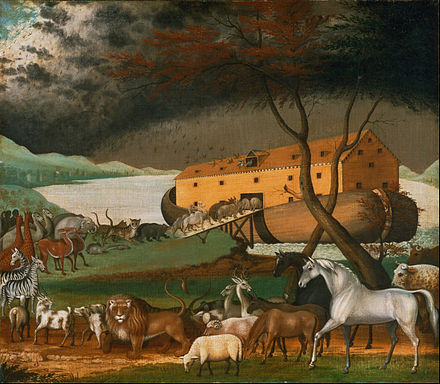
The boat we made had one thing in common with Noah’s Ark. We all want to go from one place to another, although the purpose is different, but the idea is basically the same. Stacy introduced the concept, and she said she would find it interesting to ride the boat itself. Because people are gathered in this vehicle before they get to their destination.
